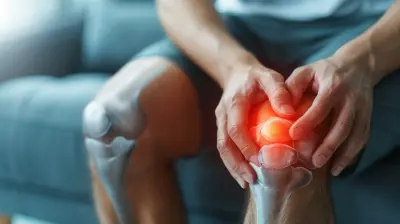The Science Behind Chronic Pain and the Brain
22 October 2025
Chronic pain is more than just an inconvenience—it’s a life-altering condition that affects millions worldwide. If you're living with it, you know how exhausting and frustrating it can be. But have you ever wondered what’s actually happening inside your brain when you experience chronic pain?
It turns out, pain isn't just about physical discomfort. Your brain plays a massive role in how you process, interpret, and even sustain pain long after the initial injury or illness has healed. Let’s break it down in simple terms and get to the root of what’s really going on.
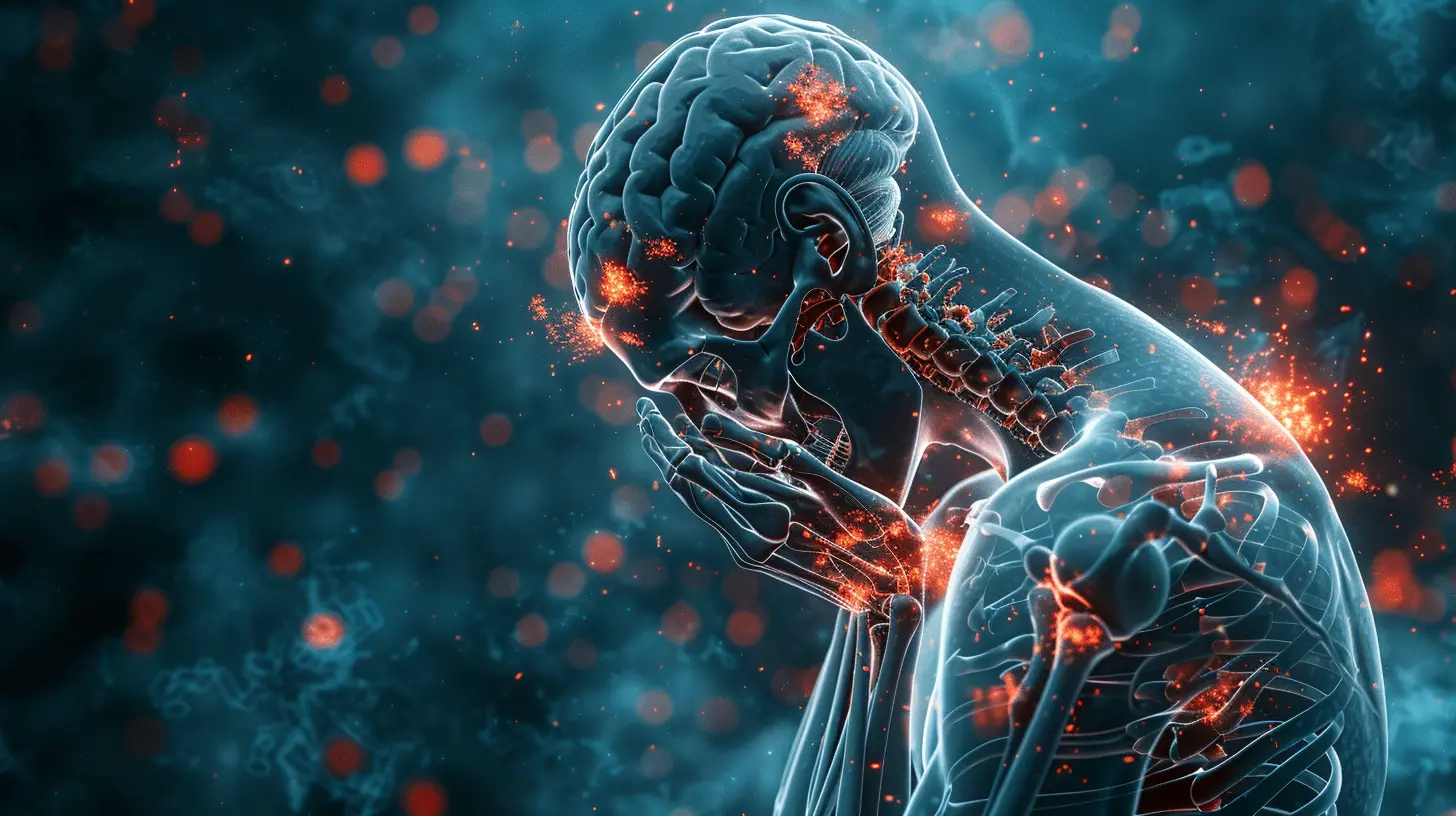
What Is Chronic Pain?
Before we dive into the brain's role, let's define chronic pain. While acute pain is temporary and usually a response to an injury or illness, chronic pain persists for weeks, months, or even years. In most cases, it lingers for at least three months or more.Some common causes of chronic pain include:
- Arthritis
- Back problems
- Migraines
- Fibromyalgia
- Nerve damage
- Autoimmune diseases
What makes chronic pain so frustrating is that even if the original cause is treated, the pain might not go away. And that, believe it or not, has a lot to do with your brain.
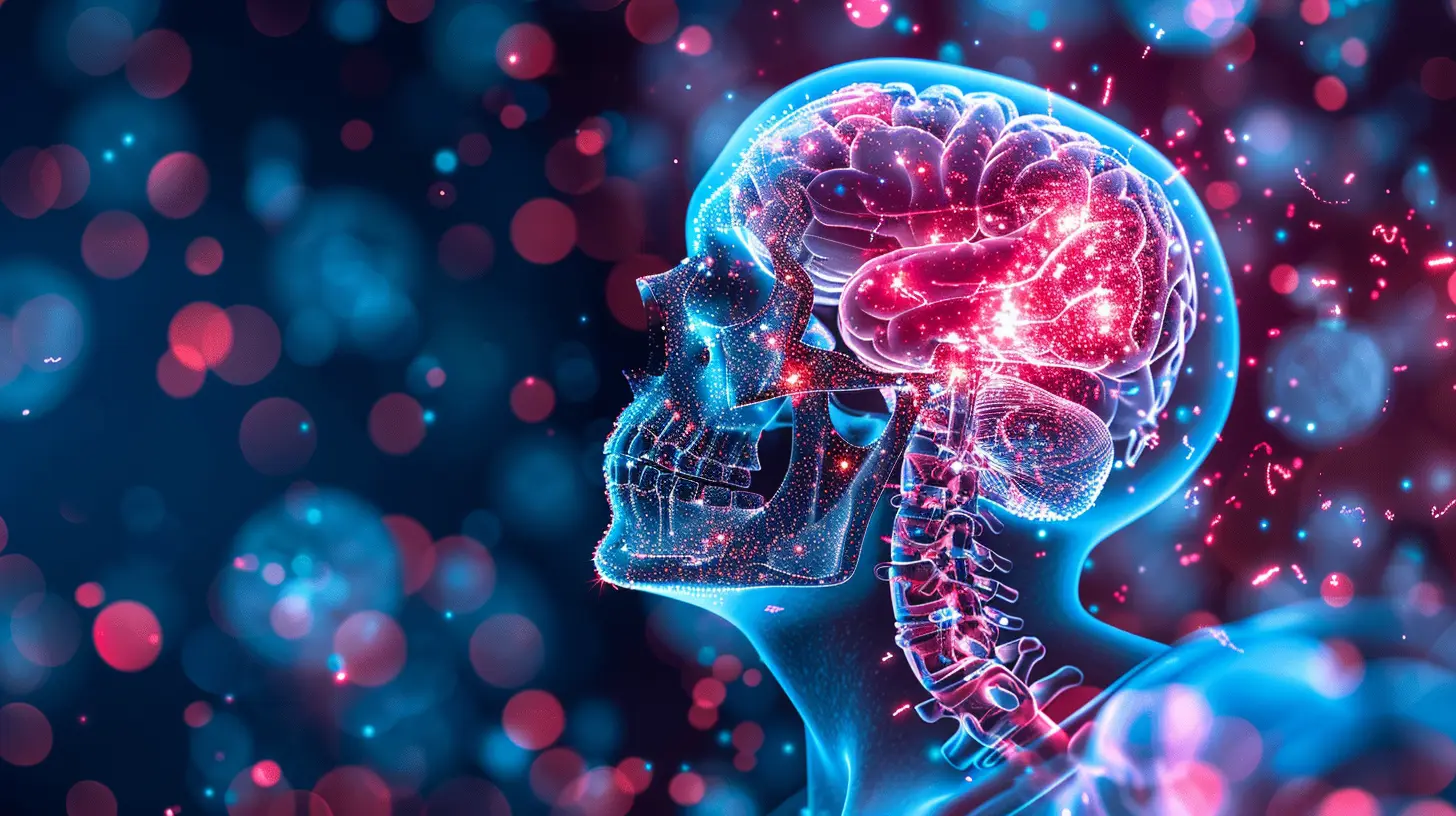
Pain and the Brain: A Complicated Relationship
Your brain and nervous system work together to process pain signals. When you stub your toe or burn your hand, nerve cells send messages to your brain, which then interprets those signals as pain. Normally, once the injury heals, the pain subsides.But with chronic pain, the brain keeps firing pain signals—even when there’s no actual injury anymore. Think of it like an alarm system that won’t shut off, even when the danger is gone.
1. The Role of the Nervous System
Your nervous system consists of two main parts:- The Peripheral Nervous System (PNS): This includes all the nerves outside your brain and spinal cord. It sends pain signals to your brain when you get hurt.
- The Central Nervous System (CNS): This includes your brain and spinal cord. It processes the pain signals and dictates how your body responds.
When chronic pain develops, your CNS becomes overly sensitive. It starts amplifying pain signals, making even minor discomforts feel much worse than they should. This process is known as central sensitization.
2. The Brain’s “Pain Memory”
Your brain is a creature of habit. Over time, if pain persists, the brain essentially learns it. Neuroplasticity—the brain’s ability to adapt and rewire itself—plays a major role here.If pain signals keep coming in for months or years, your brain forms new, long-lasting connections that reinforce the pain experience. It’s almost like pain gets “stuck” in your nervous system, even if the original trigger is gone.
3. How Emotions Affect Pain
Pain isn’t just physical—there’s an emotional side to it, too. The brain regions that process pain also handle stress, anxiety, and depression. This means that:- If you’re stressed or anxious, your pain might feel worse.
- Negative emotions can increase pain sensitivity.
- Chronic pain can contribute to depression, which in turn heightens pain perception.
It’s a vicious cycle. Have you ever noticed that your pain flares up when you’re having a tough day? That’s no coincidence—stress and emotions influence how intensely you feel pain.
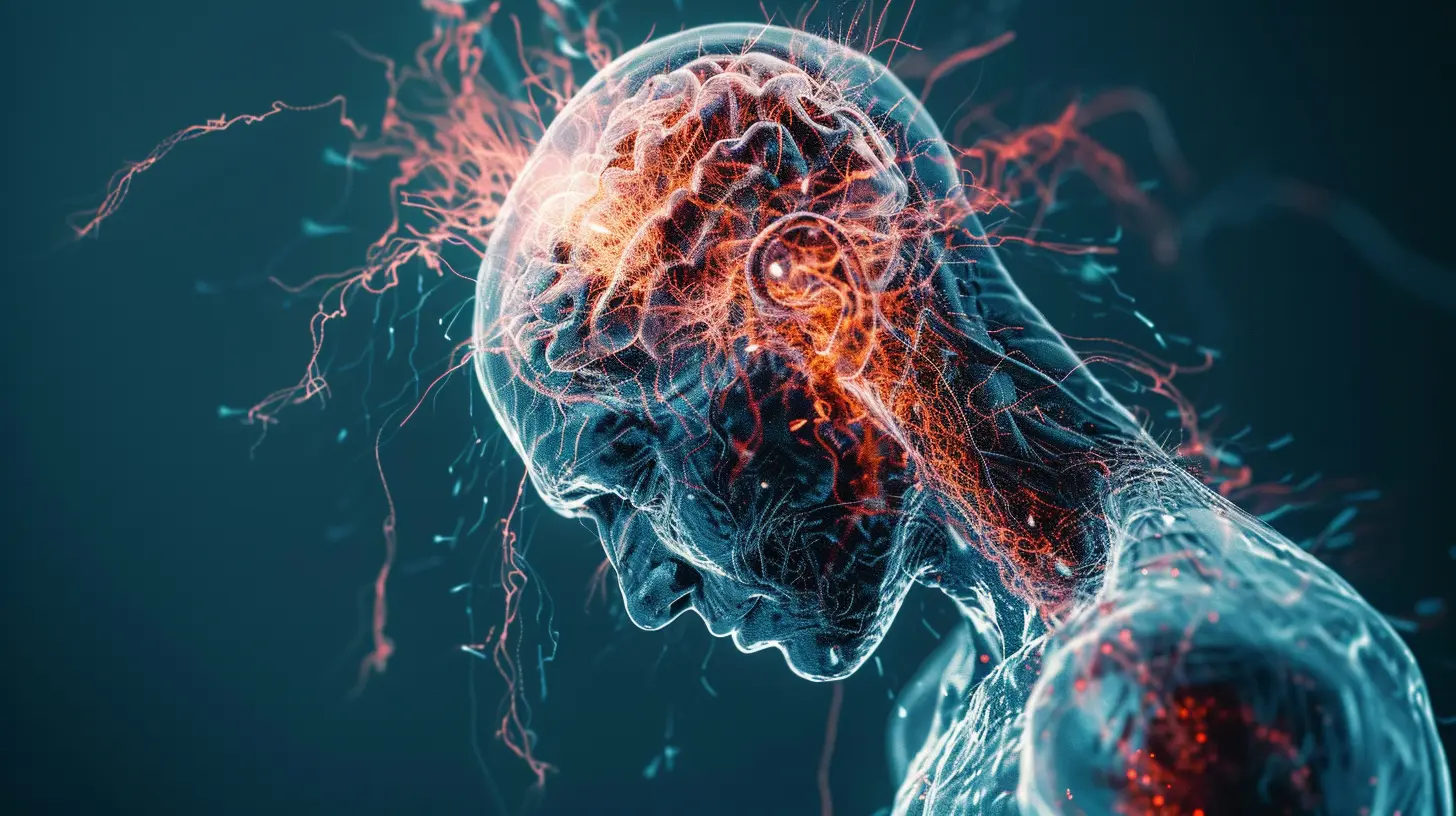
The Brain’s Chemicals and Chronic Pain
Neurotransmitters—those tiny chemical messengers in your brain—also play a crucial role in chronic pain. Here’s how:1. Glutamate and Pain Sensitivity
Glutamate is an excitatory neurotransmitter, meaning it ramps things up in your nervous system. In chronic pain conditions, excess glutamate can keep pain signals firing, making the pain feel worse.2. Serotonin and Dopamine Imbalances
These chemicals regulate mood and pain perception. Low levels of serotonin and dopamine are often linked to chronic pain and conditions like fibromyalgia or depression. That’s why many chronic pain patients experience mood swings and mental health struggles.3. Endorphin Deficiency
Endorphins are your body’s natural painkillers. If your brain isn’t producing enough, you end up feeling more pain than you should. Chronic pain sufferers often have lower endorphin levels, making it harder for them to find relief.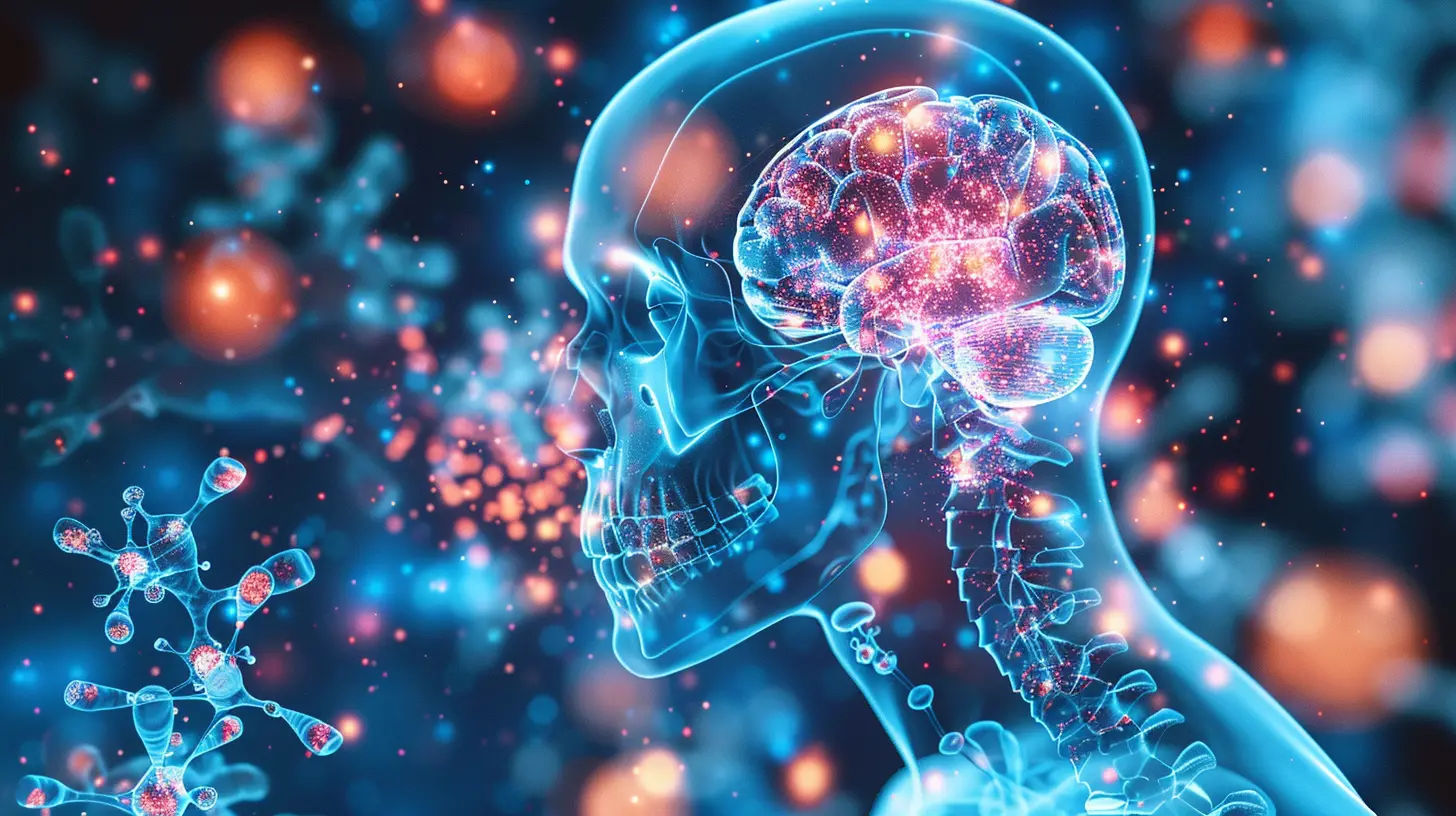
The Connection Between Chronic Pain and the Gut
Believe it or not, your gut health can influence how you experience pain. Your gut is home to trillions of bacteria that help regulate inflammation, neurotransmitters, and even your immune system.The Gut-Brain-Pain Axis
- Poor gut health can increase inflammation, worsening chronic pain.- An imbalance in gut bacteria affects neurotransmitter production, making pain more intense.
- Digestive issues like IBS (Irritable Bowel Syndrome) are often linked to chronic pain conditions.
Taking care of your gut—through a healthy diet, probiotics, and anti-inflammatory foods—can sometimes help reduce pain levels.
Can You Retrain Your Brain to Reduce Pain?
The good news is that because of neuroplasticity, the brain isn’t permanently locked into chronic pain mode. It’s possible to rewire your brain and reduce pain sensitivity. Here’s how:1. Mindfulness and Meditation
Practicing mindfulness can calm the nervous system, reducing the intensity of pain signals. It teaches your brain to detach from the emotional distress surrounding pain.2. Cognitive Behavioral Therapy (CBT)
CBT helps reshape negative thought patterns that can amplify pain. By changing how you perceive pain, you can actually decrease its severity.3. Exercise and Movement
Physical activity releases endorphins, which are natural pain relievers. Even gentle exercises like yoga, stretching, or walking can help train the brain to process pain differently.4. Healthy Sleep Habits
Lack of sleep makes chronic pain worse. Practicing good sleep hygiene (like limiting screen time before bed and maintaining a regular sleep schedule) can improve pain levels.5. Reducing Stress
Since stress worsens pain, managing it through deep breathing, relaxation techniques, or even enjoyable hobbies can help calm an overactive nervous system.
Final Thoughts
Chronic pain isn’t just “in your head”—but your brain does play a huge role in how it’s experienced. It’s a complex interplay of nerve signals, emotions, neurotransmitters, and brain plasticity. The upside? Because of how adaptable the brain is, there are ways to retrain it and lessen pain over time.If you’re struggling with chronic pain, know that you’re not alone. While there’s no one-size-fits-all solution, understanding the brain’s role can empower you to explore therapies that help rewire pain pathways and provide relief.
all images in this post were generated using AI tools
Category:
Chronic PainAuthor:

Angelo McGillivray
Discussion
rate this article
1 comments
Oriel Price
Great article! It's important to understand the complex relationship between chronic pain and the brain. Your insights provide valuable knowledge for those seeking support and healing. Keep up the great work!
October 26, 2025 at 4:18 PM

Angelo McGillivray
Thank you for your kind words! I'm glad you found the article valuable. Your support means a lot!
